Milan is and always has been a city of art. So rich in museums, works of art and monuments those who have lived here all their lives may not have had time to see everything yet.
It is impossible to keep up with all the temporary exhibitions and the permanent ones are vast.
In short, one is spoilt for choice. In this article, we present the 10 most important museums in Milan.
These museums are compulsory for anyone who wants to start discovering Milanese art.
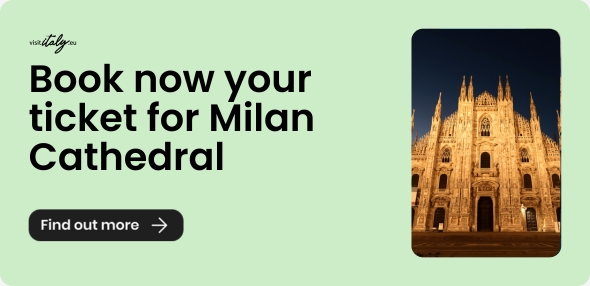
Milan and its most important museums
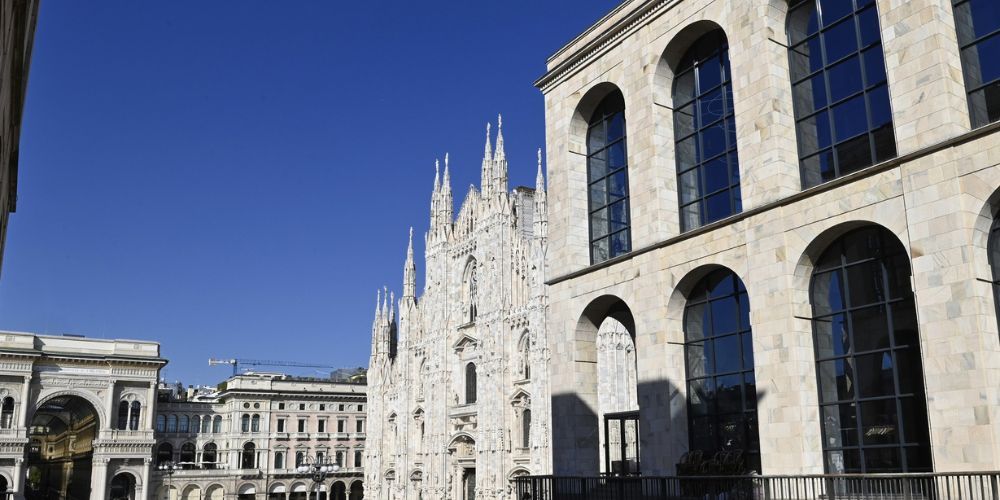
Milan, always at the forefront of economy, design and fashion, is a mosaic of styles and offers cultural attractions for all tastes.
It is a city in constant transformation where the past dialogues with the present and where,
besides the elegant shop windows of the Galleria Vittorio Emanuele II and the masterpieces of the Duomo, there are many hidden treasures!
Art and museum lovers have a wide choice of contemporary museums, classical art and even Milan's elegant and beautiful house museums.
Milan's museums hold works of great value. At the Brera picture gallery, you can admire the masterpieces of artists such as Raphael and Caravaggio.
Renaissance sculptures can be found at the Castello Sforzesco, and the Museum of Science and Technology shows machines designed by the great genius Leonardo da Vinci.
Modern art lovers will have to visit the Museo del 900.
In addition to the many works, you can also admire the buildings themselves, in many cases monumental buildings that have been converted into museum headquarters.
And now let's discover the 10 most important museums in Milan!
Piazza del Duomo and Museo del 900 - ph. credit:
Museo del 900 - fb page
Visit Milan with the Milan city card10. Pinacoteca di Brera
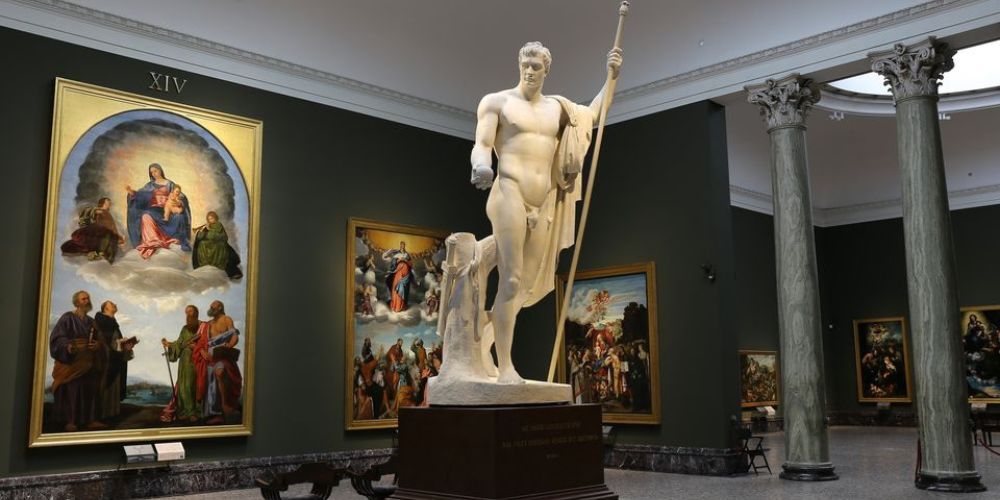
In Brera there is one of the most important pictorial collections in Italy.
In the heart of this historical district, where is also located the famous Art Accademy, are guarded all the treasures acquired or recovered by the Institution during the centuries.
The exhibition allows visitors to admire masterpieces from 13th to 20th century.
I am sure we all saw most of them on our school books. Giants like Bellini, Mantegna, Piero della Francesca or Rubens are just a few of the great names of this gallery.
Take your time to enjoy unique pieces like Sposalizio della Vergine by Raffaello, Cena in Emmaus by Caravaggio and Cristo alla colonna by Bramante.
And in the last room the Bacio by Hayez will take your breath away.
Ph. credit: ©Pinacoteca di Brera, Milano – MiC
9. Sforza Castle Museums
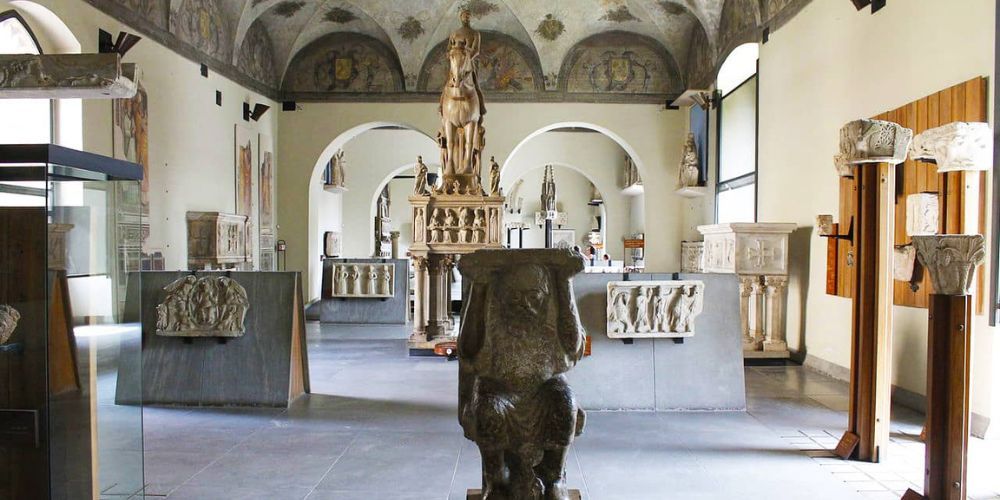
The ancient Sforza Castle is the other simble of the city itself, together with Duomo.
It actually contains several museums inside its numerous rooms.
There is the egyptian one, the prehistoric one, the armor museum and the one of the ancient musical instruments.
But the Ancient Art Museum at the groundfloor deserves a visit.
It tells about the history of the city through statues, monumental graves and gothic architecture from Middle Ages to Renaissance.
Along the path there is the fabulous Sala delle Asse, with the frescoed ceiling by Leonardo, who lived in the castle.
On the first floor there is the picture gallery, with art works by Leonardo’s school and artists like Canaletto and Correggio.
Don’t forget to visit the most important piece of the museum: the Rondanini Pietà by Michelangelo, included in the same ticket, but in another area of the castle.
8. Museo del Novecento
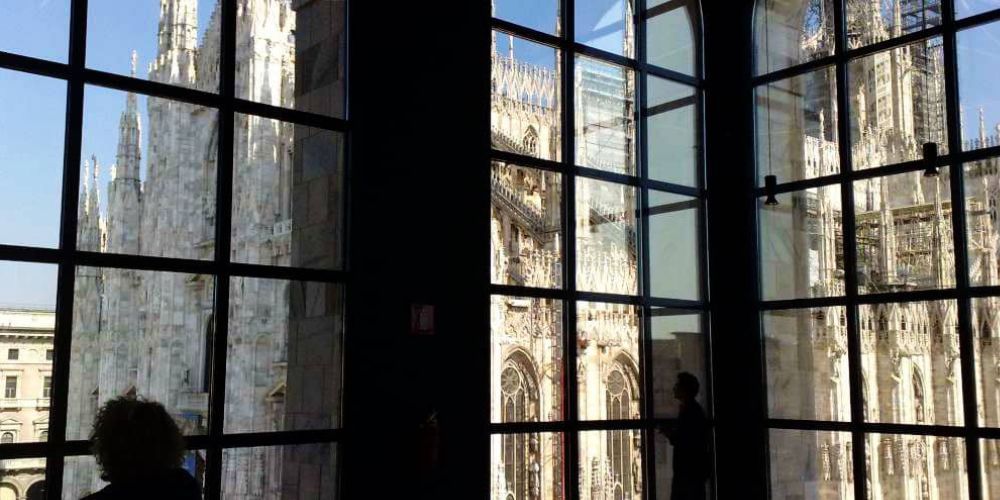
On the south side of Piazza Duomo, the Arengario Palace houses the Museo del Novecento (‘900 museum).
A permanent exhibition entirely focused on 20th century masterpieces.
The museum was opened just ten years ago, but it already is one of the most important in its category.
Thanks to artworks by Kandinskij, De Chirico, Matisse, Picasso, Fontana and Modigliani.
Among the most famous pieces are the provocative Merda d’artista by Piero Manzoni and the futuristic sculpture Forme uniche della continuità nello spazio by Umberto Boccioni (the one impressed on the italian 20 cents).
But the most famous masterpiece is for sure the Quarto Stato, the iconic painting by Pellizza da Volpedo.
Visit Museum of the '9007. Pinacoteca Ambrosiana
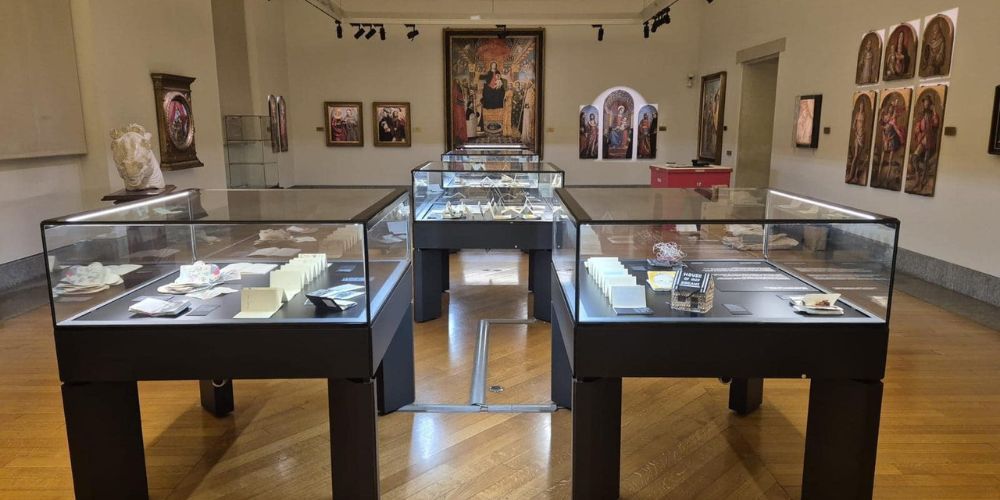
There are few museums as beautiful as the artworks they contain.
The Pinacoteca Ambrosiana is one of them, because the exhibition is in the Ambrosiana’s Palace, an historical building from ‘600, where there is also a famous library.
It is worth visiting even for the internal architecture and decorations too.
The magical atmosphere of the place is enriched by great names of italian art, just like Giorgione, Tiziano and Botticelli.
But the most impressive masterpieces undoubtedly are the original preparatory cartoon for the Scuola di Atene by Raffaello, a copy of Atlantic Code of Da Vinci and the Canestra di frutta by Caravaggio.
A very little painting, but with an enormous fame. Yes, it is the one with the worm-holed apple!
Ph. credit: Pinacoteca ambrosiana fb page
Visit Pinacoteca ambrosiana6. Modern Art Gallery

Talking about 19th century art, GAM (Modern Art Gallery) is the most important museum in Lombardy.
It is located in a special place: Villa Reale, a real masterpiece of neoclassicism in Milan, in via Palestro, in front of Indro Montanelli Park.
There are important pictures by Manet, Van Gogh, Cézanne and Gauguin.
And even here you can find again Boccioni, Picasso and Hayez. In addition to the paintings there are several sculptures which tells about lesser-known artists, as well as about celebrities like Antonio Canova.
Ph. credit: Mario Valdivia
5. Leonardo da Vinci Museum of Science and Technology
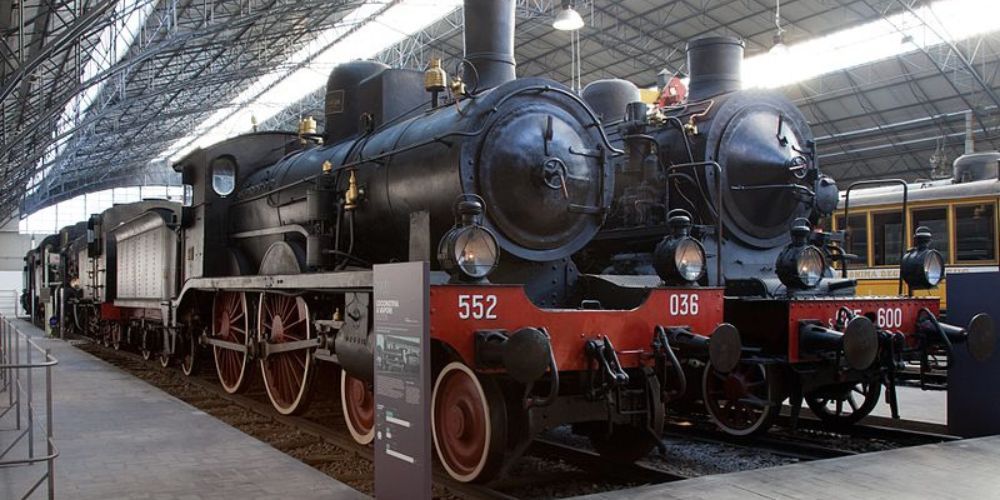
The Leonardo da Vinci National Museum of Science and Technology is the largest technical-scientific museum in Italy and among the largest in Europe.
Its collections include countless historical objects (machines and technical-scientific instruments), representing the history of Italian science, technology and industry from the 19th century to the present day.
It houses the world's largest collection of machine models created from Leonardo da Vinci's drawings.
On the first floor, in the Leonardo da Vinci Gallery, you can observe models of civil objects such as the crane, models of military objects, models relating to architecture such as the model of the ideal city, and much more.
In addition, you can observe details of Leonardo's works of art and enlargements of notes and codices by the artist. He was a keen student of anatomy, botany, physics, geology, mathematics and cartography.
Outside, the museum displays one of his masterpieces, the submarine Toti, the first submarine built in Italy after World War II.
This museum is a must for fans of technology and science!
Ph. credit: Alessandro Nassiri for Museo della Scienza e della Tecnologia (Milan) - wikypedia
Visit the science and tecnology museum4. The Natural History Museum

The Natural History Museum, the oldest museum in Milan, is located in a beautiful 19th-century building in the ‘Indro Montanelli’ public gardens, near the famous Porta Venezia.
Inside, we can observe different sections organised in more than 20 rooms, dedicated to palaeontology, mineralogy, zoology, botany and many reconstructions of natural environments.
Among the various rooms, one of the most famous is about dinosaurs and their evolution.
The thematic routes in this museum were created to show the public the forms of nature, the relationship between organisms and the environment and the evolution of life on Earth.
It is a museum of great scientific value and its environmental reproductions fascinate both young and old.
Moreover, after visiting the museum you can stroll through the green public gardens, past statues of historical figures and small kiosks where to have a drink!
Ph. credit: Diorama with polar bears - G. dallorto - Opera propria-wikypedia
Visit the Natural History Museum3. The Duomo Museum
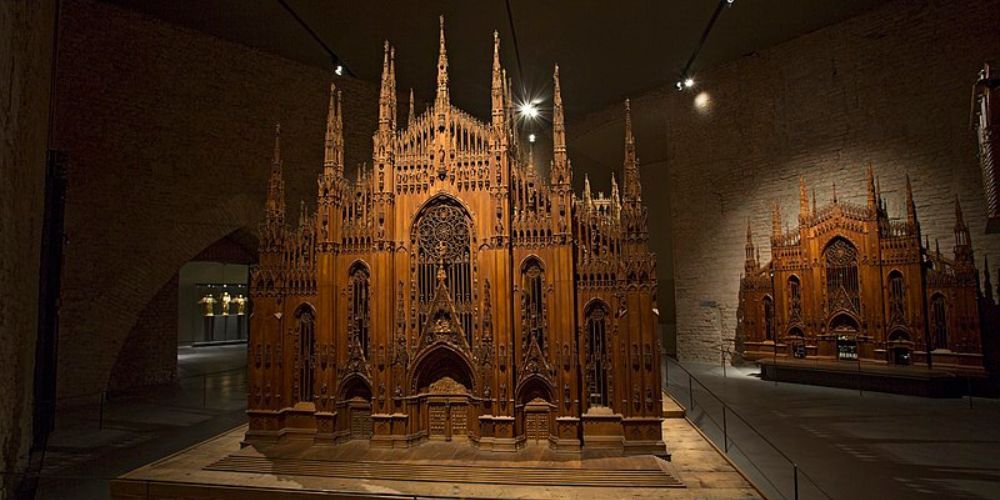
The Duomo Museum is one of Milan's most important museums because it tells the story of the construction of Milan Cathedral, the city's symbolic monument.
This great church holds two records: the largest Gothic church in the world and the religious building with the largest number of statues.
The tour, which is divided into 26 rooms, opens with the Treasure of the Cathedral and shows the construction phases of the Duomo from its origin until the 20th century.
The Cathedral Treasury consists of religious objects used in the Cathedral from the 5th century until the 19th century.
There is also an extensive display of sculptures, paintings, tapestries, parts of stained glass windows, and architectural models, all from the monument.
Ph. credit: Marcello Menni - Wikipedia - Wooden model of the Duomo
Visit the Cathedral and its museum2. The Cenacolo Vinciano Museum

The Museo del Cenacolo Vinciano is a jewel of Milan and a cultural attraction not to be missed by visitors to the city.
It houses the famous painting Leonardo painted on a wall in the refectory of the Dominican convent of Santa Maria delle Grazie.
The painting, the church and the neighbouring convent (an important testimony of Renaissance art in Milan), have been a Unesco heritage site since 1980!
Inside the refectory, on the south wall, you can admire not only Leonardo's masterpiece but also another important work: Donato Montorfano's Crucifixion.
In 1943, during the Second World War, the church and convent were severely damaged by bombing. The refectory was almost completely destroyed.
Fortunately, the two walls where the Montorfano painting and Leonardo's masterpiece were located remained standing.
Visits to the museum must be booked in advance.
Visit the Cenacolo Vinciano Museum1. Gallerie d'Italia: one of the most important museums in Milan
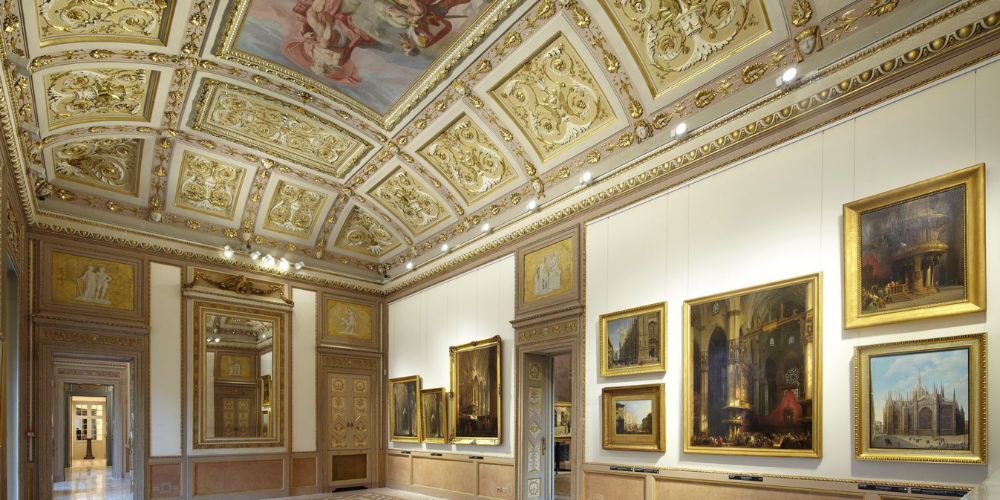
In the famous and very central Piazza della Scala, we find the collections of the Gallerie d'Italia, an architectural complex consisting of three historical palaces: Palazzo Beltrami - home of the former Banca Commerciale Italiana -, Palazzo Anguissola Antona Traversi and Palazzo Brentani.
Inside the museum, you will also find the Alessandro Manzoni garden, where you can stroll and stop for a little relaxation.
The visit through the three historic buildings of outstanding architecture is divided into three itineraries: the 19th century, the 20th century and the Caveau.
The 19th-century itinerary is dedicated to Lombard painting, Romanticism and landscape painting (Naturalism).
In this section, you can admire paintings of 19th-century: Milan, beautiful landscapes and works by Hayez, Umberto Boccioni and bas-reliefs by Antonio Canova.
The Novecento itinerary includes more than 3,000 works dedicated to the productions and protagonists of the post-World War II period.
Through five rooms one can admire masterpieces from the 1950s-1980s with works by Fontana, Vedova, Manzoni and many other artists.
The vault, which was originally the place where the former Banca Commerciale Italiana stored objects and materials of great value, can be visited by appointment.
Today, the Caveau holds around 500 paintings from the Intesa San Paolo collection.
If you want to visit Milan like a local, read our article at this link!
Ph. credit: Gallerie d'Italia
About the author
Written on 21/09/2020



Redazione Visit Italy
The 10 most important Art Museums in Milan.